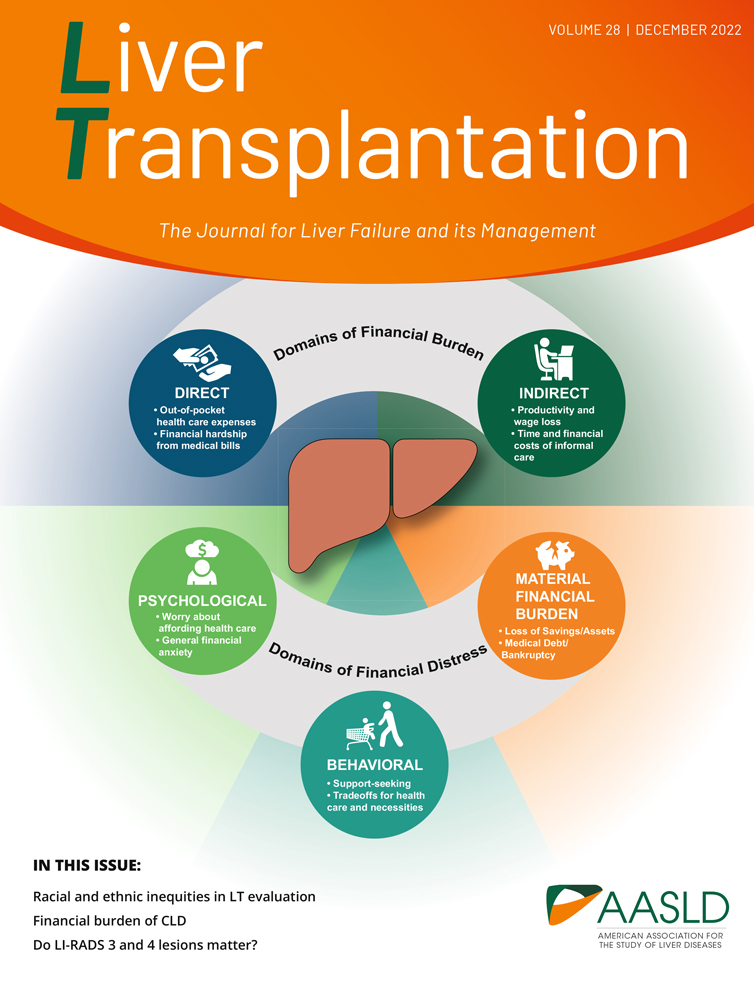Hereditary hemochromatosis in liver transplantation
Abstract
A candidate gene, HFE, was recently described in patients with hereditary hemochromatosis (HH) and found to contain a missense mutation leading to a cysteine to tyrosine substitution (C282Y). A second mutation, H63D, was also found in the gene. This study was undertaken to determine the HFE genotype in liver transplant recipients clinically diagnosed with HH and those incidentally found to have increased iron deposition in their explanted livers and to evaluate whether biochemical or histological hepatic iron indices (HIIs) correlated with homozygosity for the C282Y mutation. We identified 15 patients clinically diagnosed with various liver disorders other than HH who had increased liver iron deposits among 918 adult patients who underwent liver transplantation from 1988 to 1995. Four additional patients were clinically diagnosed as having HH. Archival explant liver tissue was evaluated for the histological HII according to the method of Deugnier et al, in which an index greater than 0.15 suggests homozygosity for HH. The HII was computed according to established methods, with a value greater than 1.9 suggesting homozygosity for HH. A portion of liver tissue was subjected to DNA genotyping using polymerase chain reaction–amplified products. Two of 4 patients with clinically suspected HH were homozygous for C282Y, and 2 patients had neither mutation. One of the 15 patients not suspected to have HH was a C282Y homozygote, 1 was a C282Y heterozygote, 6 were H63D heterozygotes, and 7 had neither mutation. The histological HII was consistent with HH in 13 patients, whereas the HII was consistent with HH in 6 patients. Thus, in patients with end-stage liver disease, despite fulfilling the established clinical criteria for HH using biochemical and histological parameters, only a minority of patients were homozygous for the C282Y mutation. Hepatic iron overload may result from other causes, and in end-stage liver disease, an elevated HII may not accurately predict HH. Other factors that either control or lead to iron absorption may explain iron overload in these patients.




